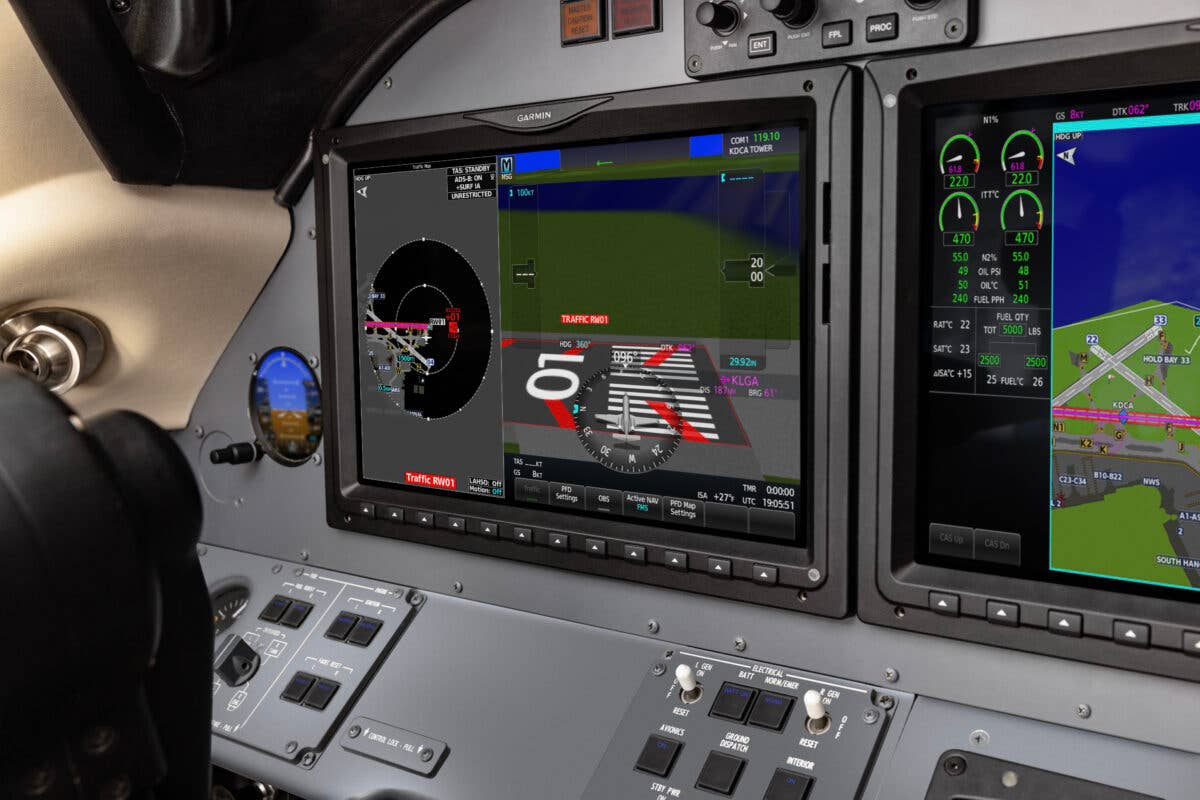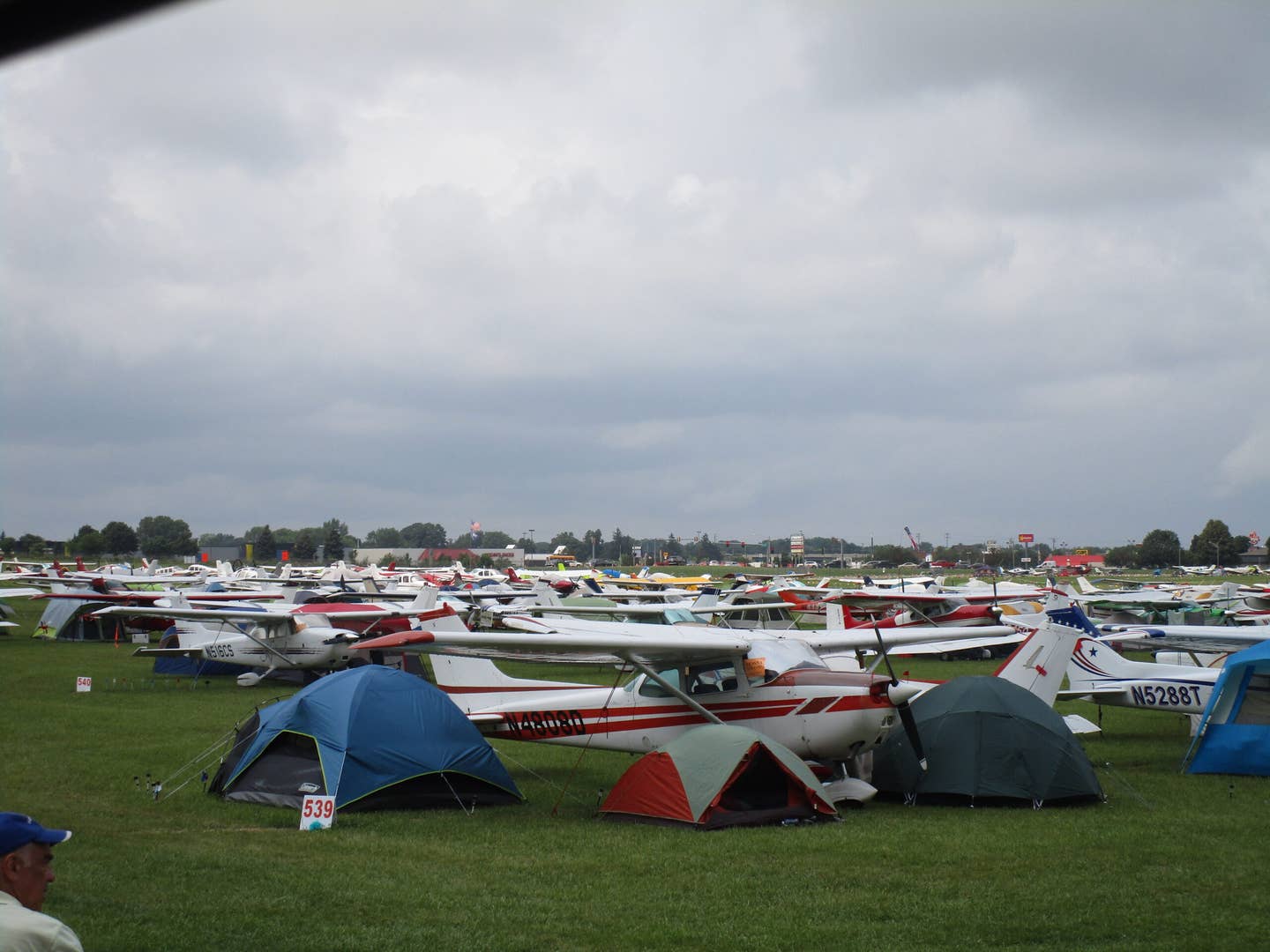Groundbreaking Piston Single-Engine Planes Through the Years
The evolution of the most popular planes in the sky came in bursts of brilliance and daring.
Punctuated equilibrium, a theory that evolutionary biologist Stephen Jay Gould popularized, holds that evolution isn't a slow, gradual march toward change but, rather, a high-stakes series of dramatic breakthroughs that push the limits of the species toward their ultimate expression. The same is true, I've ventured, for the most popular aircraft configuration---the piston single. This type makes up the vast majority of the GA fleet, and for good reason. They're less costly to make, and therefore to own, they're relatively simple to operate, and they get the job done. Since the rise of the Piper Cub (not featured here) in the mid-1930s until the market dominance of the Cirrus SR22 today, the segment has seen no end of remarkable innovations, many of them in aircraft you've probably never heard of.
Deperdussin Monocoque, 1912
If you were expecting to see one of Orville and Wilbur's planes here, sorry. While the Wrights and North Carolina were first in flight, numerous innovators surpassed the Wright Aircraft Company soon after 1903. Just before a decade had transpired, the Brothers' lack of design agility was catching up to them. When the French company Deperdussin built its Monocoque model, it was about five times faster than the original Flyer and featured independent three-axis controls instead of the already-obsolete wing warping of early Wright designs. But the thing that made this plane a special set of wings was the fuselage, which, as the name indicates, was constructed with a load-bearing skin, in this case, built of laminated plywood. This made it sleeker and lighter than competing designs. It would take the rest of the world a while to catch up, but the Monocoque design would before long become the de facto design standard.
Junkers J1, 1915
Curtiss R3C, 1925
Barely 20 years out from Kitty Hawk, the new race in aviation was for all-out speed, and the airplanes that became the ultimate machines in that quest were seaplanes. Held from 1913 to 1931, the Schneider Trophy, often referred to as the Schneider Cup, was a global competition that companies and nations used to push the state of the art. While the R3C would be surpassed in subsequent years, its achievements were eye opening. A decade after the 100 mph mark had been eclipsed, the R3C-2 streaked along at 245 mph, a speed that most airplane owners today would and do pay a lot to achieve. Why seaplanes? It was all about the takeoff roll. With these planes using very small wings to cut drag, they needed all the distance they could find to get airborne.
Lockheed Vega, 1927
While each of the previous must-have sets of wings were unavailable to the consumer, the Lockheed Vega was a production airplane. And back in the late 1920s, the Vega was by then graced by the Pratt & Whitney R-1340 radial engine, putting out a whopping 450-hp. This, along with the relatively sleek design of the plane, gave it enviable performance, around 165 mph with a range of around 750 miles. And it wasn't an experimental design. It was made expressly for private air travel and carrying passengers, While each of the previous must-have sets of wings were unavailable to the consumer, the Lockheed Vega was a production airplane. And back in the late 1920s, the Vega was by then graced by the Pratt & Whitney R-1340 radial engine, putting out a whopping 450-hp. This, along with the relatively sleek design of the plane, gave it enviable performance, around 165 mph with a range of around 750 miles. And it wasn't an experimental design. It was made expressly for private air travel and carrying passengers.
Erco Ercoupe, 1937
Every once in a while, there will emerge a designer in a field given to evolutionary change that will upend everything in a quest for that perfect product. In this case, that designer is Fred Weick, whose Ercoupe small plane did everything differently. Weick's goal for the little side-by-side seating, sheet-metal Ercoupe, which debuted in 1937, was to make a safe, affordable, spin-proof plane that would be easy to fly, have great visibility and be cheap to buy and operate. Well, he succeeded in most of that. By some calculations, the Ercoupe wasn't much or any safer than its tube-and-rag competitors, but it was easy to fly, and it was cheap (and still is), and you can even fly it with the canopy pulled back. In addition to the tricycle gear, which looked very odd in 1937, the Ercoupe had no rudder. It was a two-axis plane that pilots could and did fly with their feet flat on the floor.
Cessna 195
Cessna's 195 was a follow design to its Airmaster, but unlike most version 2.0 models, the 195 and, not its predecessor, was the truly revolutionary design. With a couple of noteworthy exceptions, almost everything about it was built upon the most innovative design concepts: its all-metal, cantilever wing, semi-Monocoque design, passenger-friendly seating with great light, really nice handling qualities and a reliable, mid-horsepower engine for better range and more economical fuel consumption. The 195, nicknamed the Business Liner, was Cessna's first truly modern aircraft.
Beechcraft Bonanza, 1947
Helio Courier, 1954
The Helio Courier, manufactured in Kansas starting in the mid-1950s, was and still kind of is an odd bird. With its almost comically long wheelbase (all the better to brake without nosing over), high-rise tail and droopy-eyed leading edges, the model looks like the product of a design-by-committee project. The tall vertical tail notwithstanding, the thing about the Courier is the wing, and it is an exceptional piece of engineering. It features full-span leading-edge slats that stay somewhat flush with the leading edge at speeds of around 55 mph and extend at slower speeds, offering greatly enhanced handling even at very slow airspeeds, down below 30 mph, in fact, and with positive handling control throughout that range. The three-quarter-span full Fowler flaps are also things of beauty. And while the Courier looks like a heavyweight, its 3,000-pound max weight is very modest, allowing it an impressive payload. The Achilles heel of the Courier, like a number of other Kansas designs of the day, was the geared engine the company selected for it, which saddled owners with poor reliability.
Piper Malibu (Pictured) & Cessna 210N, 1978
In the late 1970s, there was demand, or at least perceived demand, for new, even-better-performing top-of-the line singles. All three of the Big Three manufacturers were working on entries, though Beechcraft didn't pursue certification of its single-engine pressurized Baron derivative.
Cessna's pressurized model, the P210N, beat Piper's largely clean-sheet Malibu to market by a year, but because Cessna had been building 210s and turbo 210s for around a decade by then, it had a healthy head start. With its distinctive smaller windows, the pressurized model was fast, high-flying (a ceiling of FL250) and could carry a decent load, but it was a complicated single-pilot aircraft to fly. Still, it was a sales success. Cessna built almost 900 of them, the last in 1986, when the company discontinued its piston aircraft production for a decade. The P210, expensive to produce and with a small market, wasn't reintroduced when Cessna brought back a limited number of piston singles a decade later.
The P-model from Piper had essentially the same goals as Cessna did for its high-winger, but Piper designers accomplished them differently. When it hit the market in 1979, the original Piper PA-46 Malibu, powered by a Continental turbocharged engine, was a revelation if not a revolution. Built with a new type certificate, the Malibu offered pressurized comfort up to the plane's ceiling of 25,000 feet and an immense range of around 1,500 nm to go along with a more satisfying, club-seating passenger compartment in back. Piper still produces a version of the Malibu, now called the M600. Today's version, called the M350, is powered by a more powerful Lycoming engine. It is the only pressurized piston single in production.
Cirrus SR20, 1999
The Cirrus Aircraft piston singles are so popular by now that it's hard for even those of us who were around at the inception to remember how much of a market stir they caused when the then-small Minnesota-based company launched them. The first model off the line was the 200-hp SR20, and while its follow-on, the more powerful SR22, has eclipsed the SR20 in sales, and by a lot, the original had the DNA from the start. That recipe of innovation after innovation included the all-composite airframe---it isn't the first successful all-composite GA plane. Both the Diamond DA-20 trainer (1994) and DA40 four seater (1997) beat the Cirrus to production, but the SR20's combination of innovative features---a whole-airplane recovery parachute system, simplified power controls, large multifunction display, side yoke, fixed gear, big windows and high overall performance---created a new standard for piston single design.
And Then This Happened: Nine Ground-Breaking Aviation Breakthroughs

Subscribe to Our Newsletter
Get the latest Plane & Pilot Magazine stories delivered directly to your inbox



![A prototype electric aircraft developed by Airbus Group [Image: Adobe Stock/by Ryan]](https://www.planeandpilotmag.com/uploads/2024/08/AdobeStock_504041105_Editorial_Use_Only-The-Airbus-E-Fan-is-a-prototype-electric-aircraft-developed-by-Airbus-Group-by-Ryan.jpg?auto=webp&auto=webp&optimize=high&quality=70&width=1440)


